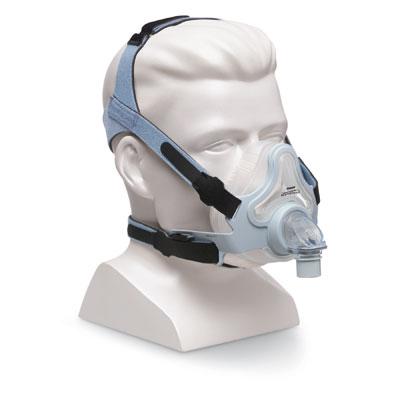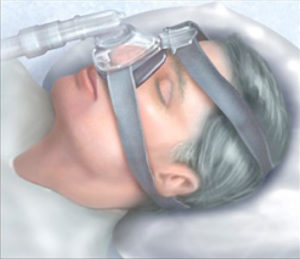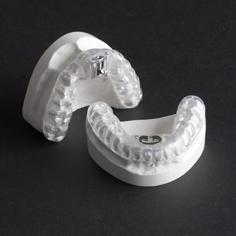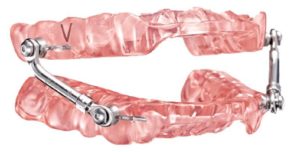Treatment of Sleep Apnea
Sleep Disordered Breathing, which includes Upper Airway Resistance Syndrome and Obstructive Sleep Apnea, is in epidemic portion in the US. Most people are undiagnosed and untreated. Of those that are treated, many are unable to follow through with their recommended therapy, which is CPAP (continuous positive airway pressure) therapy. CPAP therapy is the gold standard in the treatment of Sleep Disordered Breathing due to its high efficacy if it is used. Unfortunately, many studies have found that patients feel that the CPAP therapy is uncomfortable and invasive. Studies show that, even if the patients had to minimally use the CPAP at least 4 hours a night, patients will use the CPAP less than 1 out of 2 nights.

So why does an extremely effective therapy have such a low tolerability? Here are some of the side effects:
- Nightmares and excessive dreaming during early use
- Dry nose and sore throat
- Nasal congestion, runny nose, and sneezing
- Irritation of the eyes and the skin on the face
- Abdominal bloating
- Leaks around the mask because it does not fit properly
- Nose bleeds
- Annoying hose and harness wrapped around face and head
- Annoying hose and harness getting entangled with sleep partner
- Annoying noise from airflow

Illustration of CPAP use
As you can see, CPAP has multiple tolerability issues. Despite its high efficacy, we realize that using CPAP can be very difficult. Hence oral appliance therapy is a very viable option, if not, a first choice. Studies have shown that patients overwhelmingly prefer the Oral Appliance Therapy over the CPAP. The American Academy of Sleep Medicine has stated that oral appliance therapy is a very viable solution for obstructive sleep apnea.
Therefore, treating Obstructive Sleep Apnea can be challenging where you need to take into account many factors, especially since treatment outcomes vary so tremendously from individual to individual. Surgery, CPAP, and oral appliance therapy are all choices you may have. Sometimes combining therapy can increase both tolerability and efficacy.


